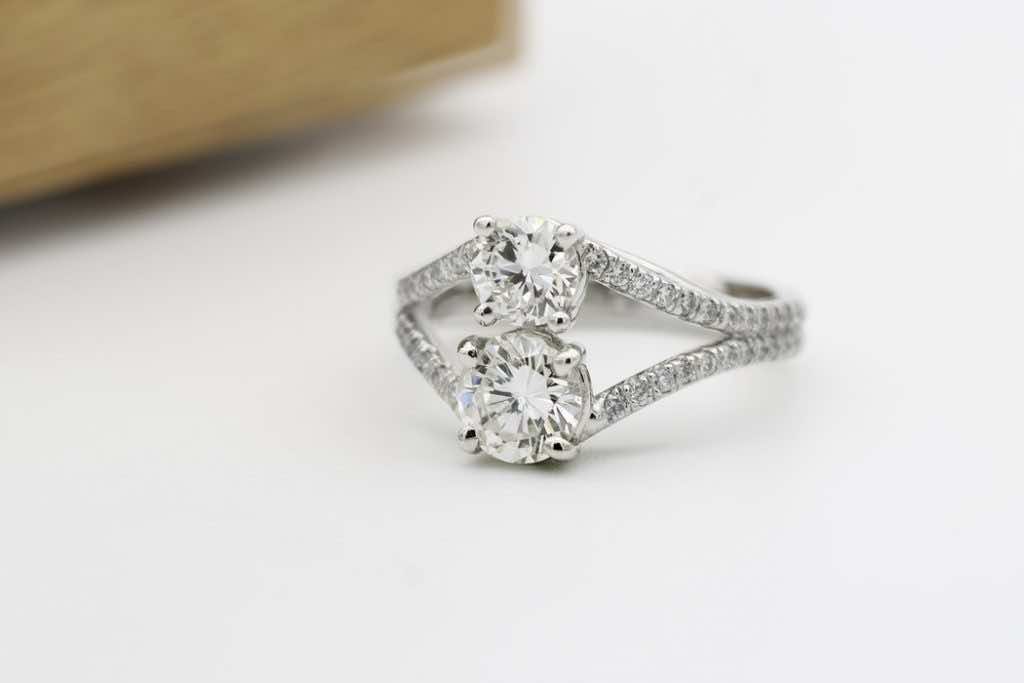Interest in lab-grown diamonds is increasing, with nearly 70% of millennials saying that they would consider them for an engagement ring. Lab-grown diamonds are gaining in popularity because customers are thinking of the high environmental and human costs of mining these natural sparklers. Furthermore, they are less expensive to purchase, giving a better value for your money or budget. Here’s the science behind making diamonds in a laboratory, and why they are more sustainable and as good as the real thing.
They Have The Same Characteristics
Diamonds have many uses, and jewelry-making is one of the most lucrative purposes. If you’re getting hitched, you can choose to seal the deal with a natural diamond ring, which can cost you a small fortune, especially if you want to splurge. However, if you’re on a tight budget, lab-grown sparklers might be a good solution. But how does a man-made diamond compare to mined stones, and what are their advantages?
First, a diamond cultivated in a controlled environment or a laboratory is still a diamond. It has the same chemical, physical and optical characteristics as a mined diamond. These include crystalline structure, refractive index, dispersion, hardness (MOHS) and density. On the other hand, natural diamonds occur due to the harsh pressure and tremendous heat of the Earth’s layer. Diamonds were formed billions of years ago. They rise to the Earth’s surface due to violent volcanic eruptions. Synthetic diamonds are also manufactured using intense pressure and heat. However, the main difference is that cultured diamonds are made by machines instead of Mother Earth.
The Process Of Lab-Diamond Making
The technology used to make artificial diamonds has also been evolving over the last few decades, enabling companies and manufacturers to make higher quality stones cheaper and at a faster rate. One of the first and main technologies to grow a diamond is the High Pressure High Temperature (HPHT), where a tiny diamond seed is placed in carbon and subjected to an extreme pressure of 1.5m pounds per square inch (psi) and temperatures of 1,550°C. Once the carbon melts, the stone begins to form, and is then cooled to make the diamond.
Also used in diamond production is Chemical Vapor Deposition (CVD), which involves putting the seed in a chamber filled with a carbon-rich gas and hydrogen or oxygen. Energy is then applied to break the chemical bonds, heating it to around 800°C until the diamond is formed. Several heat or irradiation treatments may be done to improve or modify the color of the stone after it has been grown.
Faster Turnaround
Given the techniques of making lab-grown diamonds, it takes a shorter period to make them compared to mining natural diamonds. On average, it takes less than a month to grow artificial diamonds, with 1-carat white diamonds requiring more than two weeks to culture. Yellow or blue colored diamonds take between five and 10 days. What is important is that the process is not rushed when growing diamonds, or the crystals will fracture. Nonetheless, months of growing lab diamonds is nothing compared to waiting for billions of years before mined stones are formed.
There are many things going for lab-grown diamonds. They are real diamonds for a lesser price. Furthermore, they are quicker to make, have a smaller environmental impact, and are even better quality than mined diamonds.
Here’s Why Lab-Grown Diamonds Are As Real As Natural Stones

